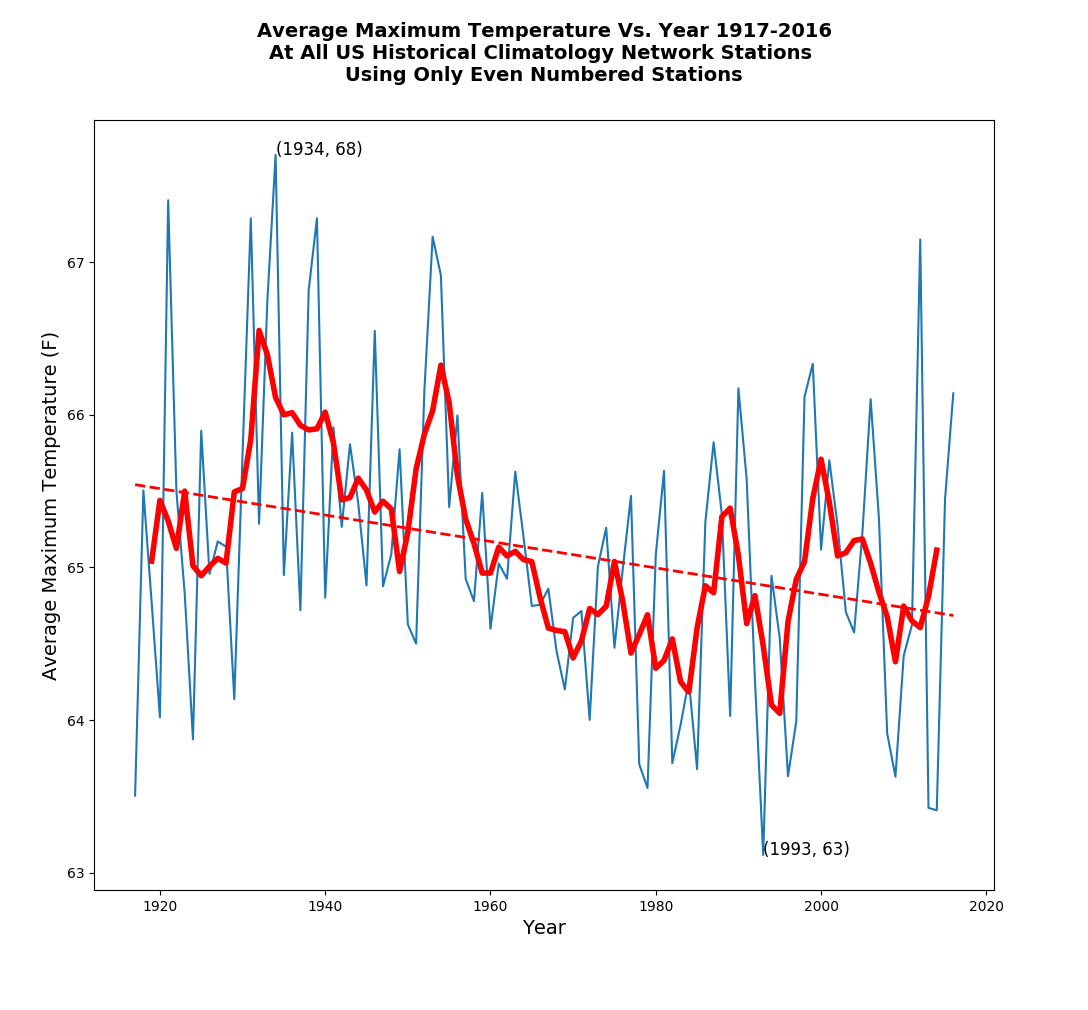
Input: api_key, location_list, start_date, end_date, frequency This wwo-hist package is used to retrieve and parse historical weather data from World Weather Online into pandas DataFrame and CSV file. Therefore, I wrote some scripts to parse them into pandas DataFrames and save as CSV for further use. The result is nested JSON which needed a bit pre-processing work before feeding into ML models. You can try out requests in JSON or XML format here. (500 free requests/key/day for 60 days, as of 3). This took me less than two minutes to subscribe free trial premium API - without filling credit card info. In the end, I decided to use data from World Weather Online. My requirements are.įlexible to change forecast interval, time periods, locations.Įasy to reproduce and implement in the production phase. In my case, I needed five years of data - hourly historical forecast, which can be costly. Most websites restrict the access to only past two weeks of historical data. Check all pages to see the full range of data.Recently, I worked on a machine learning project related to renewable energy, which required historical weather forecast data from multiple cities.ĭespite intense research, I had a hard time finding the good data source. The second email contains a link for you to download the data you requested, in a multi-page data table. Usually, just a few minutes later, you'll receive an email stating that your order has been processed. First, you'll receive a notice that the request has been submitted. The action will now move to your email inbox. The REQUEST SUBMITTED page offers further information You can also find Help links on this page. On the Review Order page, enter your email address (twice) and click SUBMIT ORDER. On the Select Cart Options page, continue with the default selections. Click the orange VIEW ALL ITEMS button to go to the Select Cart Options page.

Place your cursor over the Cart button in the upper right.Click the orange ADD TO CART button in the left column (these data are free).Your search results show up in the left column with a map of your ZIP code on the right. Enter the ZIP code of interest as the Search term, and then click Search.Under the Search for dropdown, select ZIP codes.Under Select Data Range, click the calendar icon and select dates on the Start and End calendars to reflect your dates of interest.

Under Select Weather Observation Type/Dataset, select Daily Summaries.Go to the Climate Data Online Search page (opens in a new tab) NOTE: You may want to print these instructions so you can read them while you perform each step in another browser tab.


 0 kommentar(er)
0 kommentar(er)
